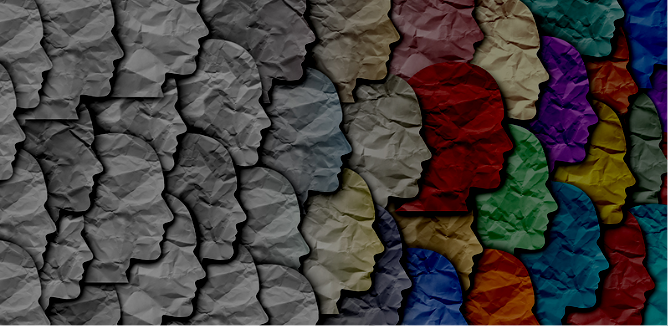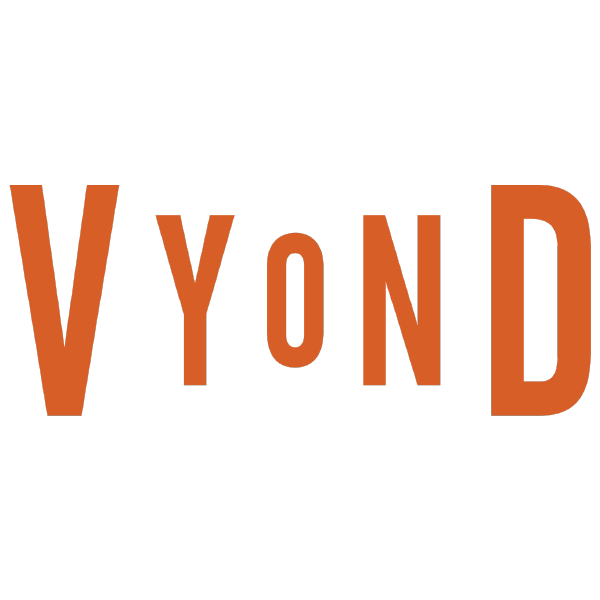ATD Blog
COVID-19 Was Bad for Discrimination Training
Thu Apr 15 2021

At Vyond, we work to give everybody the power of video with our online animation studio. Our platform is popular among trainers and instructional designers who want to create impactful content, so we set ourselves to the task of researching the latest trends in training.
In February 2020 we surveyed more than 1,000 full-time employees about their work lives. As it turns out, February 2020 was a fascinating time to get baseline data.
To see how the COVID-19 pandemic was shaping these workplace concerns, we conducted subsequent surveys in July 2020 and February 2021. Just last month, we published our findings on how workplace communications have changed over the first year of the pandemic, tracking trends during twelve months of research.
Vyond’s full report covers a broad range of topics related to internal communications, and we noticed some compelling changes in the training preferences and needs in the COVID-19 era workplace. Prior to the pandemic, the most commonly offered workplace trainings were data security, ethics, and antidiscrimination.
One year later, these “top three” changed only slightly, despite extraordinary disruption in the workplace. Data security and ethics remain the most commonly offered training in 2021, and they are joined by health and safety training. Meanwhile, antidiscrimination training dropped off the list.
It’s quite reasonable that health and safety should become the most common training topic during a pandemic. Fifty-four percent of employees reported health and safety training being offered at their workplace. Vyond faced a surge in requests for health-related content, like our training video template on COVID-19 precautions. This shift was aligned with what workers wanted too. When we asked employees what training would be beneficial, 50 percent reported a preference for health and safety information—more than any other category.
It makes less sense, however, that antidiscrimination training should fall behind. The category didn’t merely get knocked out of our top three: only 38 percent of employees reported antidiscrimination training being at their organization in February 2021, down from 57 percent February 2020. That’s right: training on antidiscrimination in the workplace dropped by 19 percent during the pandemic.
This is the kind of data that only raises more questions. Why did antidiscrimination training become scarcer over the course of 2020? It was a year marked by the urgency of the Black Lives Matter movement. The past 12 months also exposed climbing trends of traumatizing discrimination against people of Asian descent.
It seems strange too that antidiscrimination training should drop by 19 percent at a time when the job and talent markets are facing unprecedented volatility. As Charlotte A. Burrows, chair of the US Equal Employment Opportunity Commission, said, “COVID-19 and its economic fallout is disproportionately impacting \[. . .\] vulnerable workers, and that impact has serious implications in the workplace.” In 2020, one in two workers reported that they felt discriminated against by their colleagues or employers.
While antidiscrimination training seemed to fall to the wayside, training related to diversity and inclusion seemed to become more prevalent during the first year of the coronavirus pandemic. Of the full-time employees we surveyed, 45 percent reported having DEI training at the workplace. It’s encouraging to see that employers are meeting the call for racial justice with training on diversity and inclusion. It begs us to consider, perhaps optimistically, that the relative drop in antidiscrimination training merely reflects a shift in semantics.
Antidiscrimination and diversity, however, are two different topics. While training on diversity can advance the fight against workplace discrimination, it isn’t enough to solve the problem altogether.
Antidiscrimination work isn’t just a peacetime priority. When this kind of training is sacrificed in times of turbulence, we have to ask ourselves who it is really protecting: those who are most vulnerable to discrimination or those who are most vulnerable to litigation. As a community, learning and development professionals have an opportunity—and obligation—to continue creating content on the always-important topic of discrimination.

